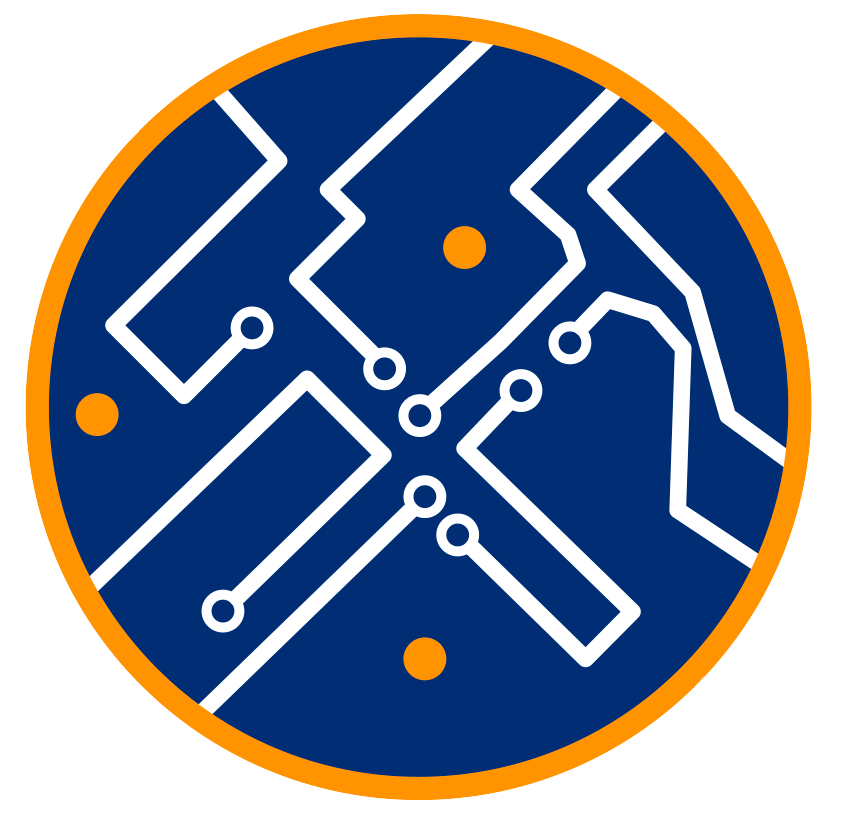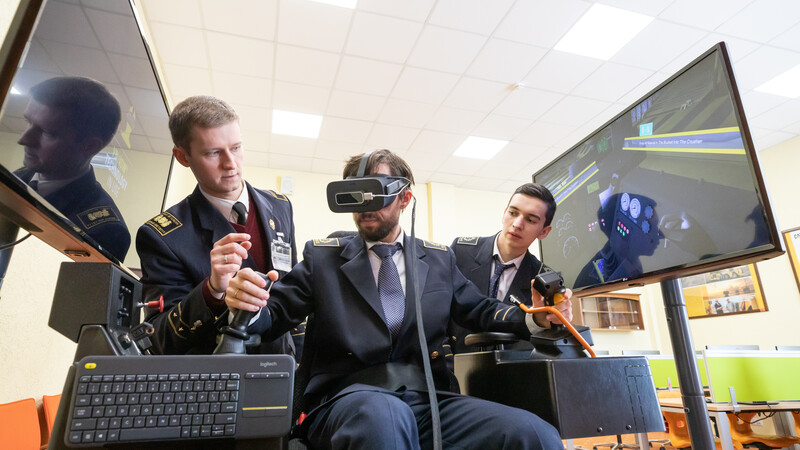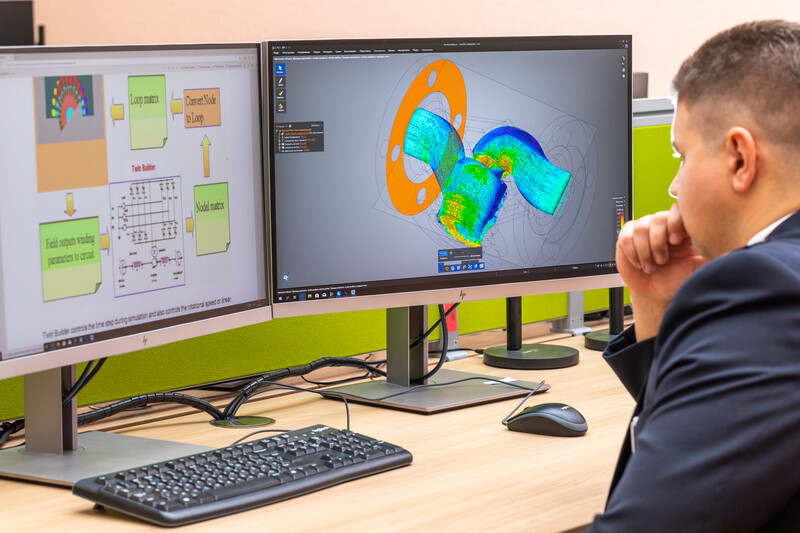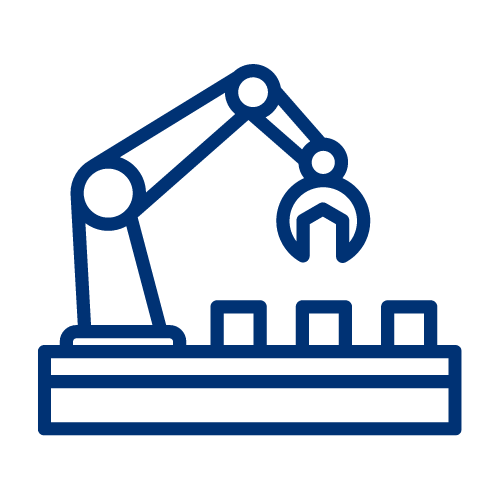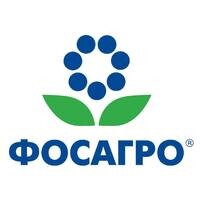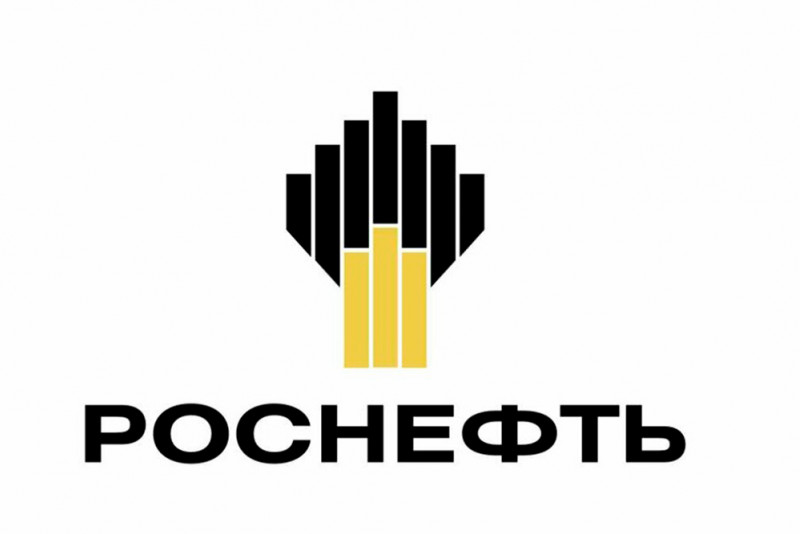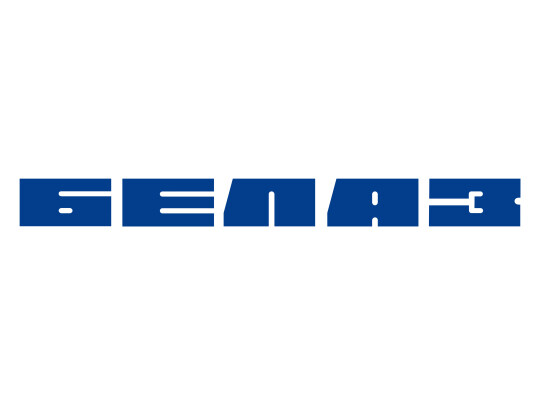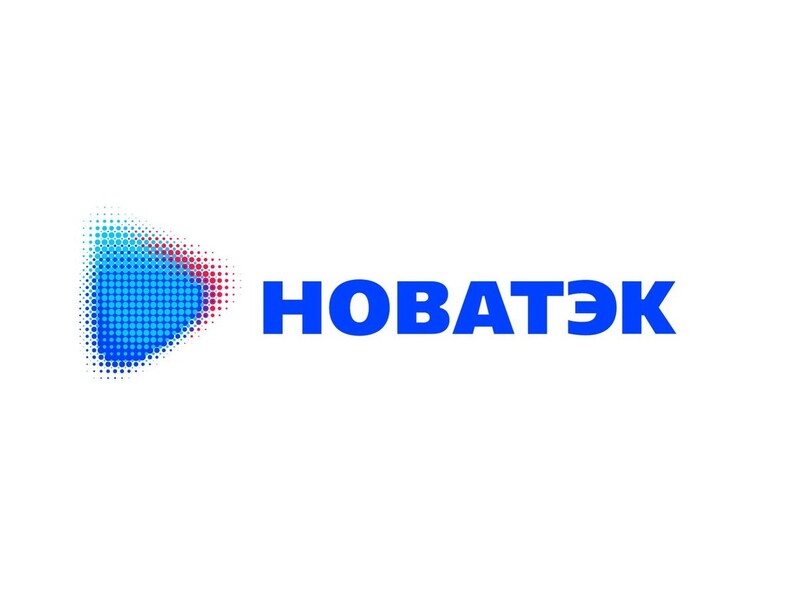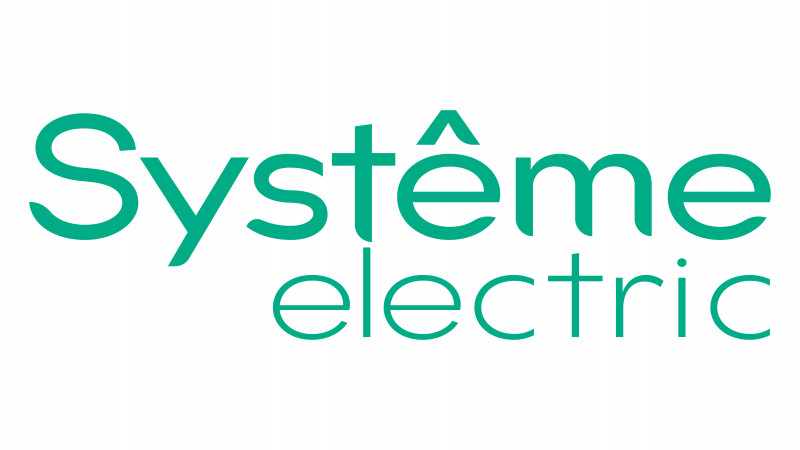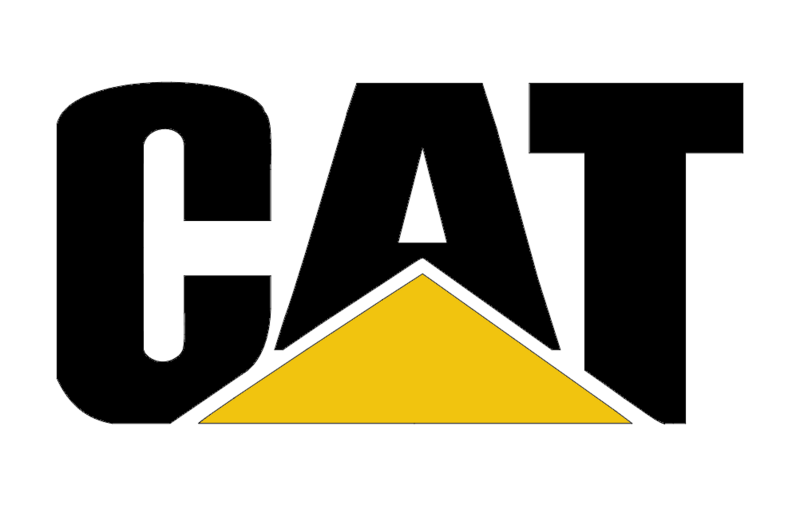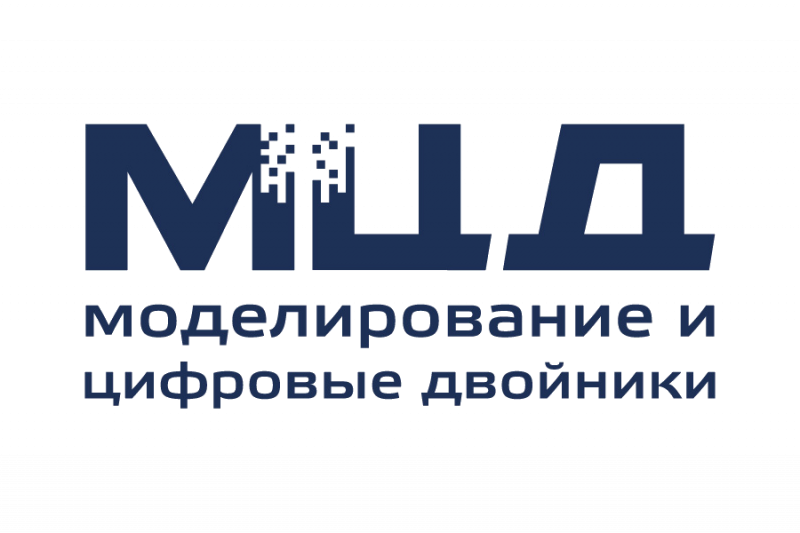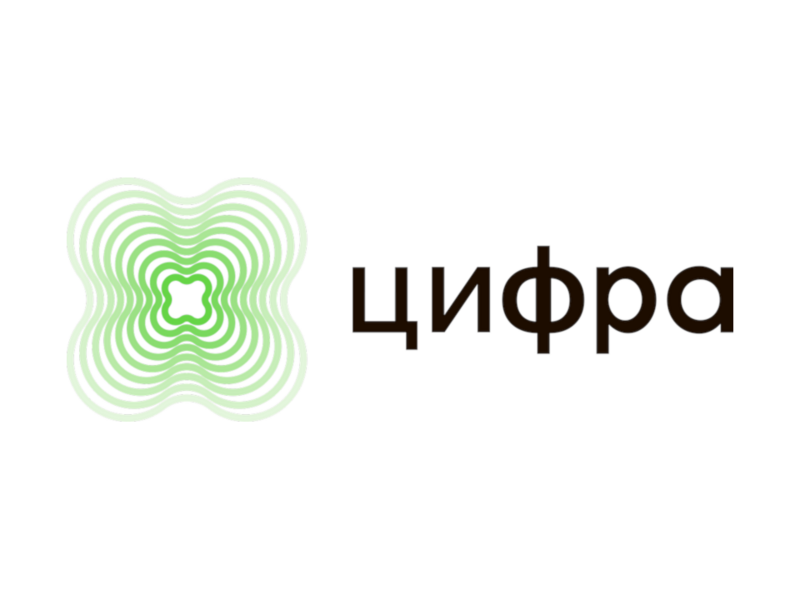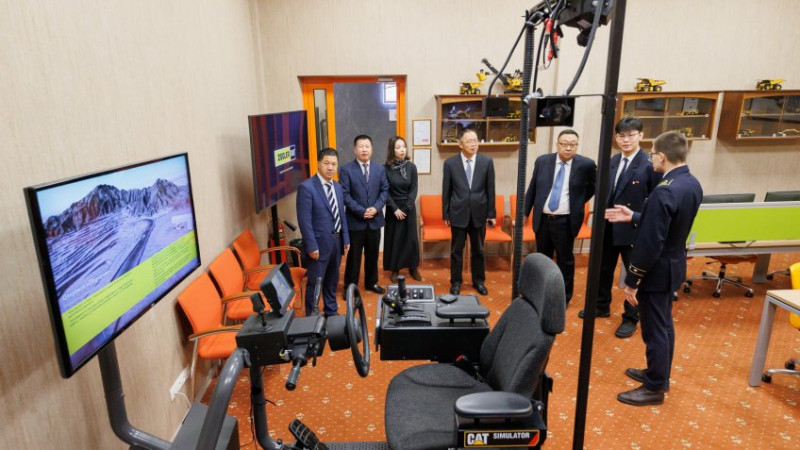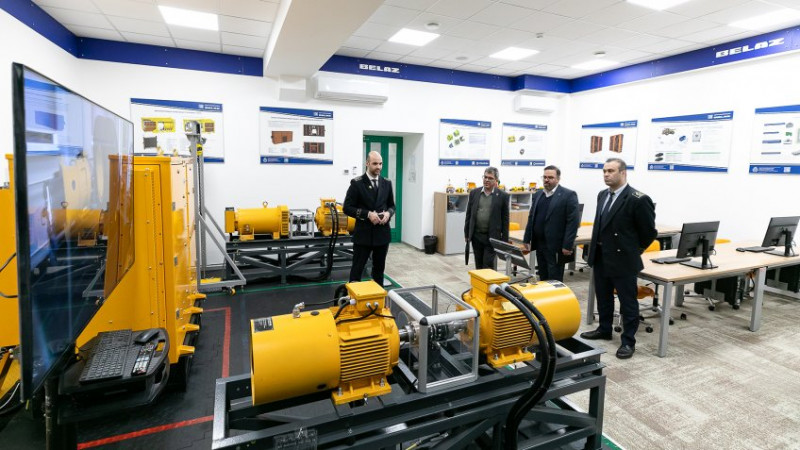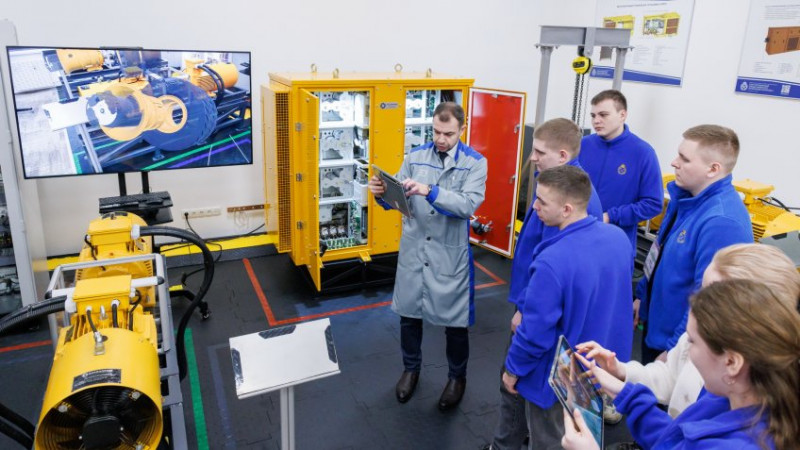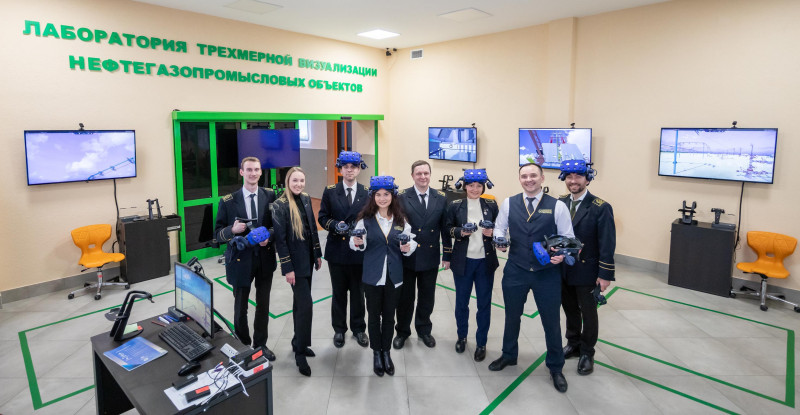
Cкорость научно-технологического прогресса и исчезновение определенных видов деятельности, связанное с проникновением автоматизации во все сферы производственных и управленческих процессов, являются факторами возможного роста для предприятий будущего. Цифровая интеграция, объединяющая научные направления, кадры, процессы, пользователей и данные, будет создавать условия для научно-технических достижений и прорывов, обеспечивая научно-экономические сдвиги в смежных отраслях и, прежде всего, на глобальном минерально-сырьевом рынке. В этой связи с целью обучения, исследований и разработок в области цифровых технологий для предприятий минерально-сырьевого и топливно-энергетического комплексов в Горном университете реализуется деятельность Кафедры прикладных компетенций в области цифровых технологий.
Подробнее о задачах

Направления научных исследований
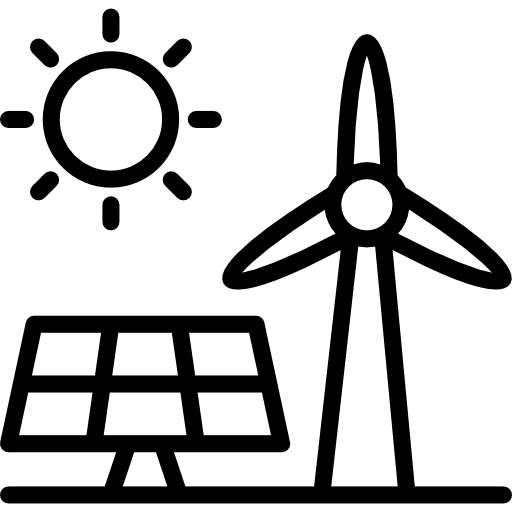
Исследование эффективного развития и функционирования энергетических систем на новой технологической основе, принципах энергосбережения, современной электротехнике, ВИЭ

Теория и методология информационного обеспечения объектов недропользования

Создание системы непрерывного обучения и повышения квалификации, направленной на формирование профессиональных цифровых компетенций специалистов, необходимых для обеспечения инновационного развития ТЭК и МСК

Энергосбережение и повышение энергетической эффективности

Переход к передовым цифровым, интеллектуальным производственным технологиям, роботизированным системам на предприятиях МСК и ТЭК
Данное направление предполагает рассмотрение интеллектуальных технологий управления электроэнергетическими системами, включая передачу электрической энергии, управление спросом на электрическую энергию, цифровые двойники объектов электроэнергетики, цифровые информационные модели электротехнических систем.
Читать далее
Лаборатория
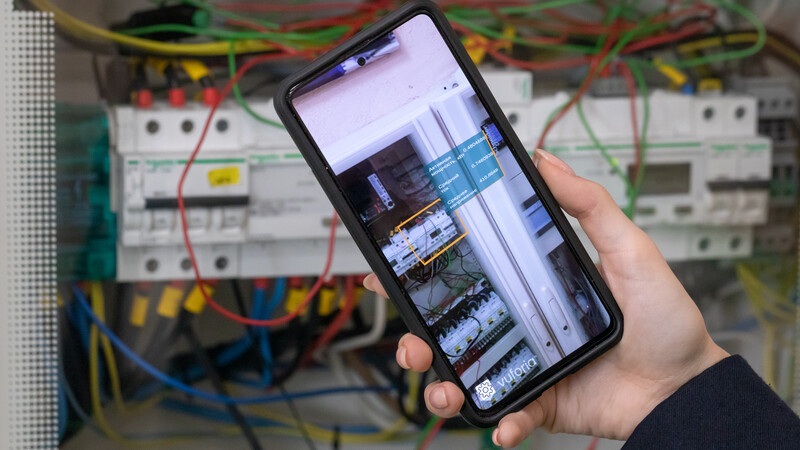

В рамках данного направления ведется разработка новых методов мониторинга и управления на основе цифровых и информационных технологий, создание информационных систем для решения задач горной отрасли.
Читать далее
Лаборатория


Данное направление нацелено на развитие и популяризацию инженерного образования, повышение цифровых компетенций сотрудников и обучающихся, а также реализацию программ дополнительного профессионального образования для представителей компаний ТЭК и МСК.
Читать далее
Лаборатория
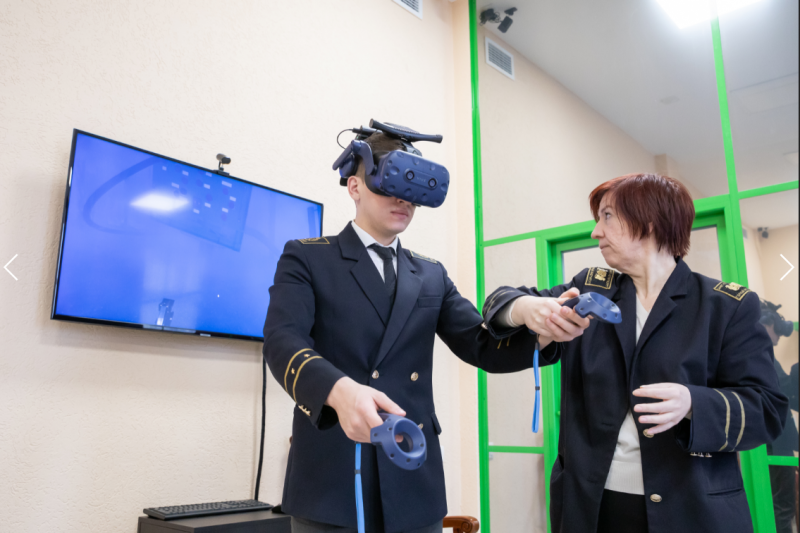

Данное направление предполагает исследование и обоснование комплексных показателей эффективности генерации, транспорта и потребления энергии при снабжении от традиционных и возобновляемых источников энергии с учетом влияния глобальных вызовов и вариации внешних факторов.
Читать далее
Лаборатория
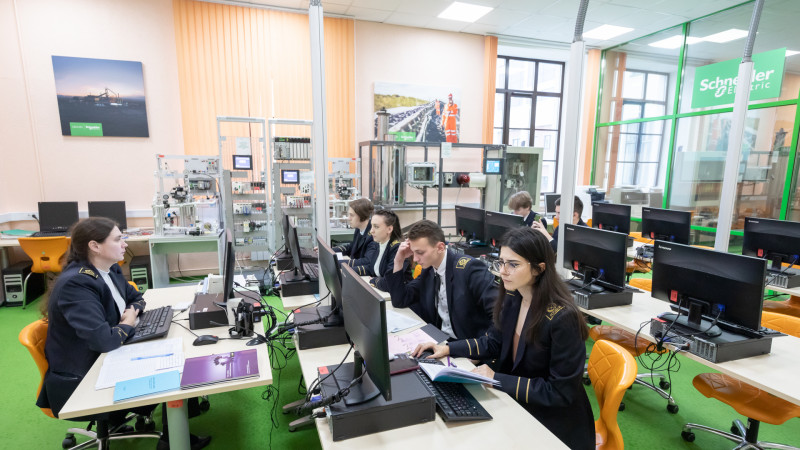

В рамках данного направления проводятся исследования, направленные на повышение эффективности оборудования и технологических процессов добычи, переработки и транспортировки полезных ископаемых.
Читать далее
Лаборатория
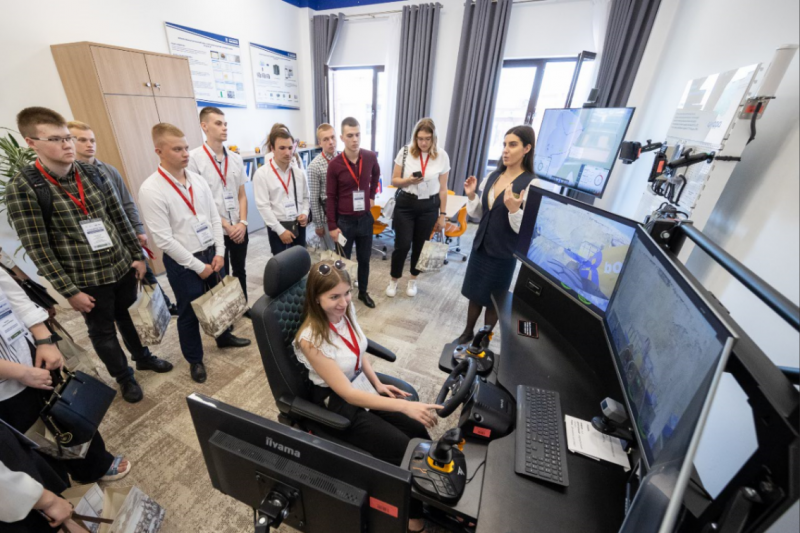

Проекты
Научные публикации

Development of the concept of an innovative laboratory installation for the study of dust-forming surfaces
Ключевые слова:Dust | Dust suppression | Dust-forming surface | Geoecology | Hopper | Life safety | Wind tunnel | Wind velocity
Дата публикации: 2021-10-29
Журнал: Journal of Mining Institute
Авторы: Ivanov, A.V, Smirnov, Y.D, Chupin, S.A.
ISSN:25419404
Q2
(Scimago)
Currently, the determination of the emission rate of suspended solids from a unit of the surface area of a man- made mass at various parameters of the wind flow is not sufficiently described. The analysis of the world experience of researchers shows that existing laboratory installations have various design features that do not allow to correctly determine the mass of the dust being flapped and wind-blown. Based on the analysis results, the concept of an innovative laboratory installation for the study of dust-forming surfaces has been developed. It takes into account the influence of wind shadows, the deturbulization of an artificially created air flow, the possibility of regulating not only the flow velocity mode, but also the creation of a vacuum or disturbance in the area of sample placement, as well as the formation of a certain angle of wind flow attack relative to the surface. The concept provides for the possibility of determining the volume of dust emissions by the values of the lost dust masses in the sample and by the values of dust concentrations in the outgoing stream. The calculation of the main basic elements of the installation using the ANSYS FLUENT software package was carried out. The model and configuration of the wind tunnel have been developed and calculated, the main geometric parameters and functional elements for the possibility of use in scientific work have been determined. For practical use of the empirical roughness value of the underlying surface, its values are recommended in a wide range - from zero for the water surface to 0.44 for large cities with tall buildings and skyscrapers.

Synthetic data generation for steel defect detection and classification using deep learning
Ключевые слова:Computer vision | Machine learning | Steel defect detection | Synthetic data
Дата публикации: 2021-07-01
Журнал: Symmetry
Авторы: Boikov, A, Payor, V, Savelev, R, Kolesnikov, A.
ISSN:20738994
Q2
(Scimago)
The paper presents a methodology for training neural networks for vision tasks on synthe-sized data on the example of steel defect recognition in automated production control systems. The article describes the process of dataset procedural generation of steel slab defects with a symmetrical distribution. The results of training two neural networks Unet and Xception on a generated data grid and testing them on real data are presented. The performance of these neural networks was assessed using real data from the Severstal: Steel Defect Detection set. In both cases, the neural networks showed good results in the classification and segmentation of surface defects of steel workpieces in the image. Dice score on synthetic data reaches 0.62, and accuracy—0.81.

Monitoring the technical condition of autonomous electrical systems with electric drive
Дата публикации: 2019-12-18
Журнал: E3S Web of Conferences
Авторы: Korolev, N, Solovev, S.
ISSN:22671242
The article discusses the structure of autonomous electrical systems with an electric drive and an electric energy generation system. An approach is described for assessing the overall efficiency of technological cycle equipment with specification of parameters that must be considered when calculating it. The necessity of taking into account energy efficiency and operability indicators of autonomous electric complexes is substantiated. The effectiveness of the use of autonomous systems decreases throughout the entire life cycle due to wear and tear. As the operability of electromechanical equipment, an indicator of the residual resource is selected. The calculation of the residual resource, with the definition of its boundary values and recommendations for further use. Nominal energy efficiency parameters of autonomous electrotechnical complexes with electric drive deteriorate during operation, which also needs to be taken into account. To simplify the assessment of the operational state of electromechanical equipment, a state diagram is presented that allows you to track the dynamics of degradation of individual nodes. Taking into account the described indicators and means of control, it is possible to increase the efficiency of using autonomous complexes.
Отзывы партнёров
"Together with the Educational Center of Digital Technologies at St. Petersburg Mining University, we have been collaborating for several years to shape fundamental and applied challenges and ideas for the digitalisation of the mining industry."
"We are very glad to be part of the process that the Educational Center of Digital Technologies at St. Petersburg Mining University is engaged in. We are confident that this centre can become an assembly point for all those new solutions that will bring the mining industry to a new level."
The Committee for the Fuel and Energy Complex of the Leningrad Region expresses its gratitude to you for your support in holding the Festival and organising an informative exposition of the enterprise aimed at attracting the young generation to the fuel and energy complex profession.
Thanks to your efforts, we will be able to further educate young people full of strength and aspirations for knowledge and creativity in the field of energy saving.
We hope for further fruitful co-operation in the field of energy saving.
Thanks to your efforts, we will be able to further educate young people full of strength and aspirations for knowledge and creativity in the field of energy saving.
We hope for further fruitful co-operation in the field of energy saving.
On behalf of the Ministry of Energy of Russia, we would like to express our gratitude to the WeWatt team of young researchers for the great and necessary work for the industry, done under your leadership on a proactive and pro bono basis.
The results of this study will serve as a basis for further work in this area and will be useful to coal companies in carrying out digital transformation of production facilities, contributing to the effective and successful achievement of the goal.
The results of this study will serve as a basis for further work in this area and will be useful to coal companies in carrying out digital transformation of production facilities, contributing to the effective and successful achievement of the goal.
Institute for Problems of Integrated Subsoil Development, Dmitry Klebanov
Leonid Zhukov, Director of SITECH Division of Zeppelin Rusland Ltd.
Committee for Fuel and Energy Complex, Chairman of the Committee Y.V. Andreev
Ministry of Energy of the Russian Federation
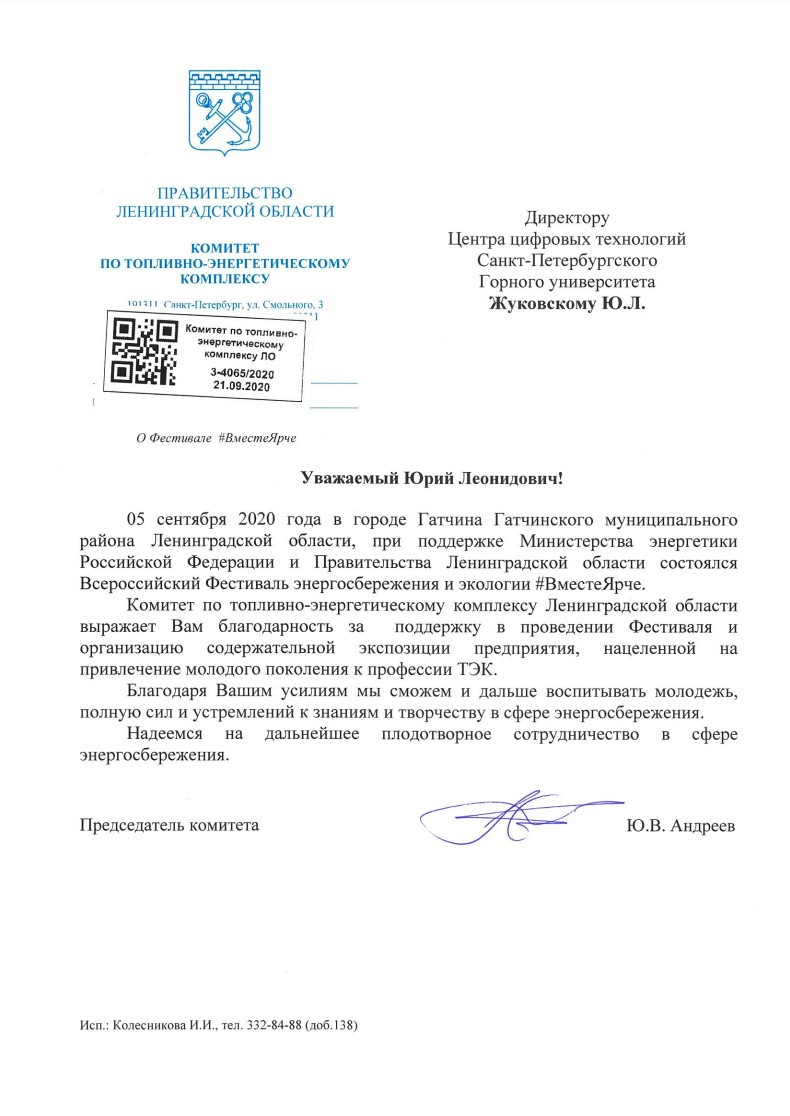
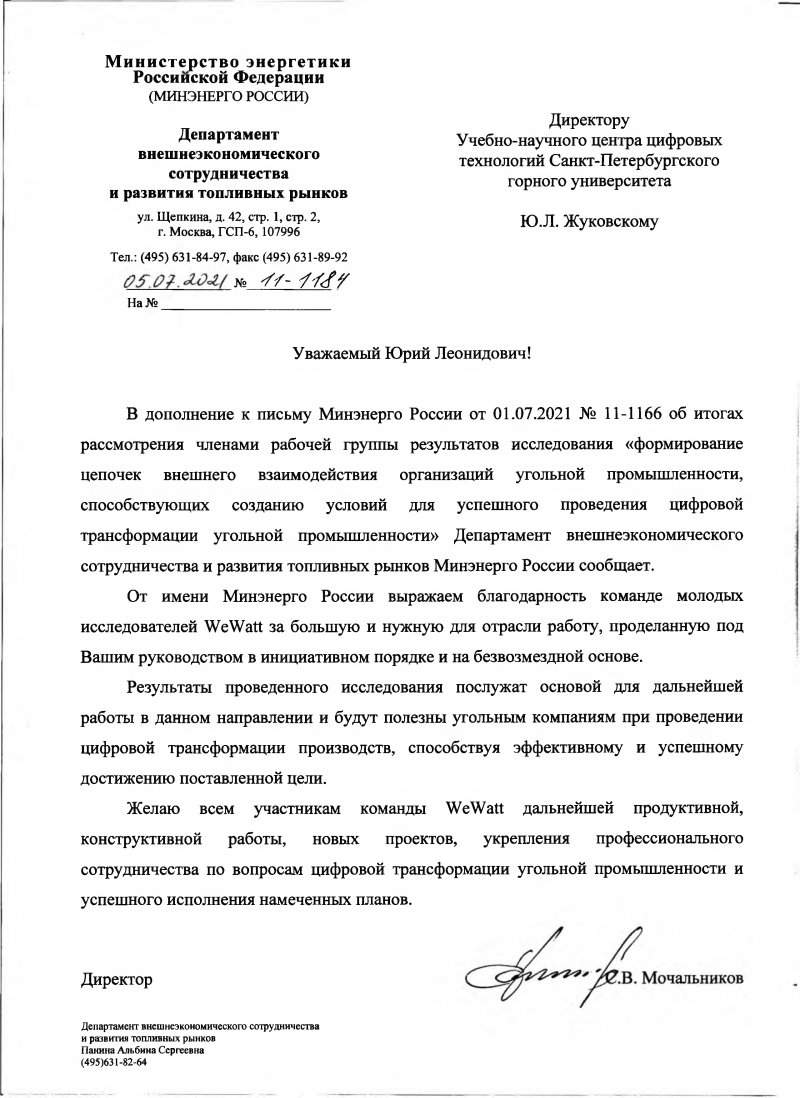

Кафедра в лицах

Сержан Сергей Леонидович
доцент, руководитель направления горно-транспортных систем
к.т.н.
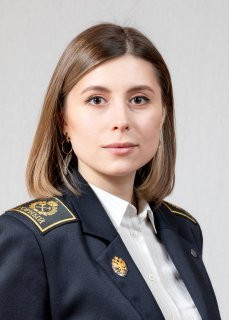
Булдыско Александра Дмитриевна
ассистент
к.т.н.
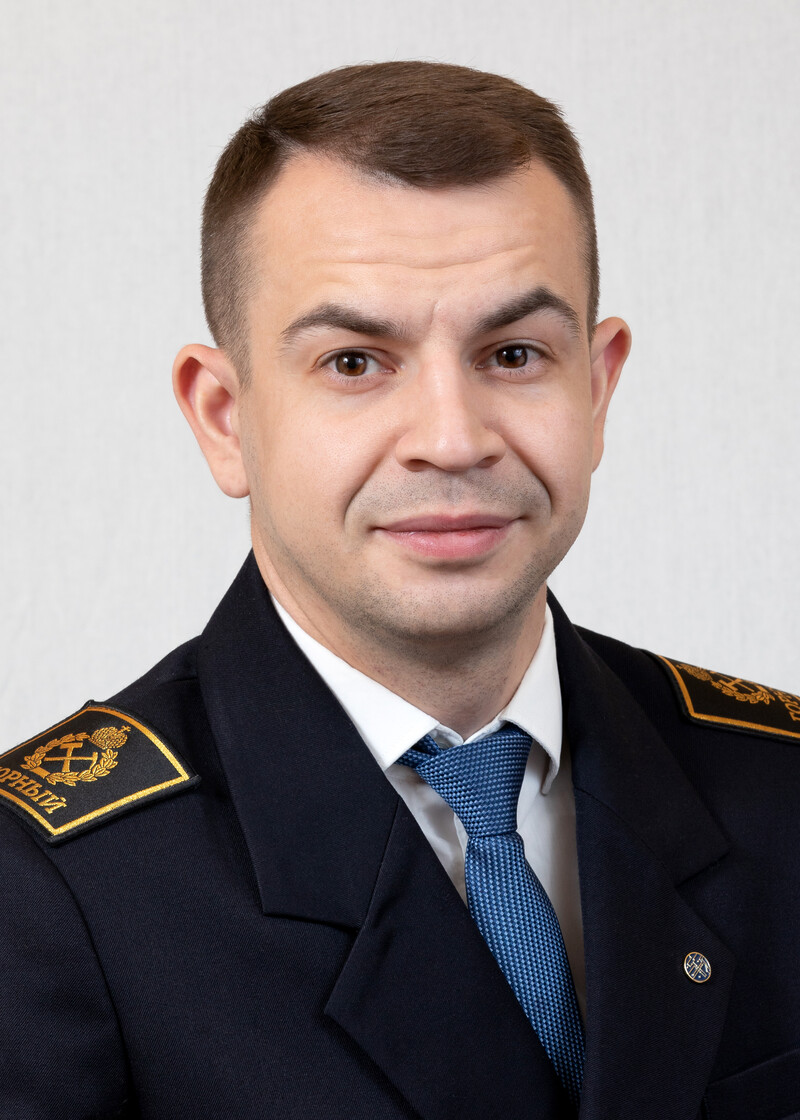
Королёв Николай Александрович
доцент, руководитель направления энергетических и электромеханических систем
к.т.н.
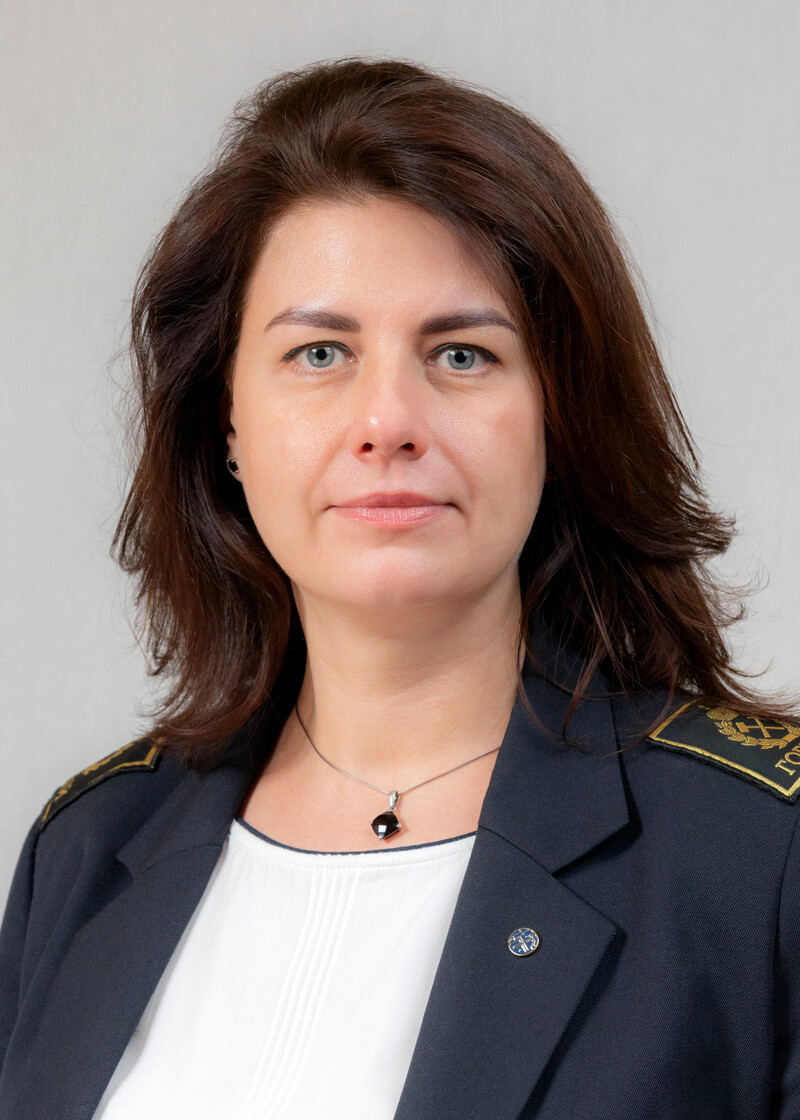
Николайчук Любовь Анатольевна
Заведующая кафедрой прикладных компетенций в области цифровых технологий
к.э.н. / доцент
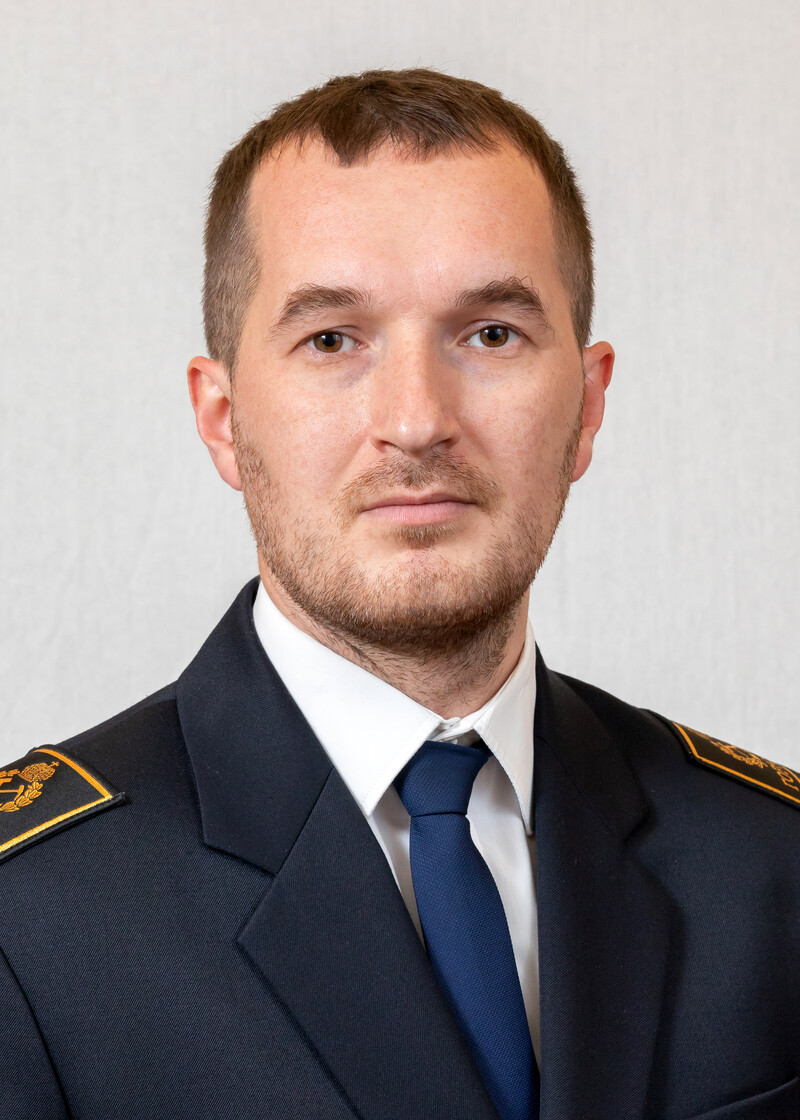
Чупин Станислав Александрович
доцент, руководитель направления компьютерного моделирования
к.т.н.
Обратная связь

